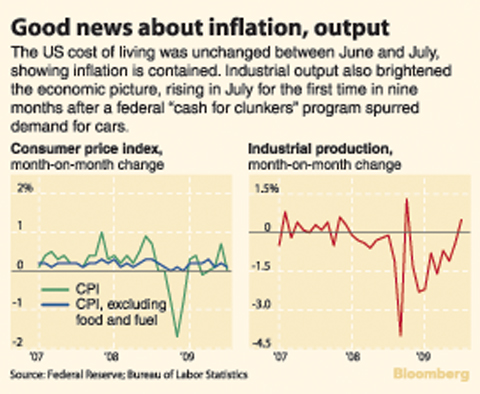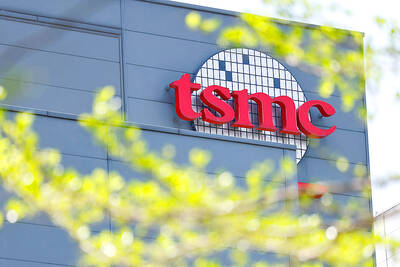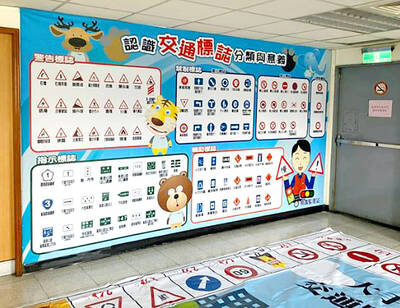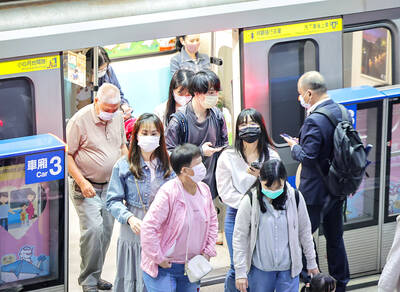Wall Street’s spectacular run has hit a speed bump, with investors pausing to digest gains and pondering how far the rally can go in an economy showing signs of recovery along with lingering weakness.
The main stock indexes pulled back from a four-week run that saw gains of around 15 percent for the broad market.
The Dow Jones Industrial Average of blue-chips fell 0.52 percent for the week to end at 9,321.40 after notching a fresh nine-month high earlier in the week.

The Standard & Poor’s 500 index shed 0.63 percent over the week to 1,004.09, while the tech-dominated NASDAQ retreated 0.74 percent to 1,985.52.
The broad market has rallied more than 45 percent from lows hit in early March amid expectations for recovery, but is still down around 35 percent from all-time highs in October 2007.
The most recent rally, however, has given way to consolidation, and doubts about the recovery have grown amid lackluster data on US retail sales and consumer confidence.
“The strong positive market momentum seen in mid-to-late July has dramatically slowed,” said Fred Dickson, chief market strategist at DA Davidson & Co.
“We are not looking for major catalysts to lift the market over the next two to three weeks. Historically late August and September is a difficult time for the stock market, especially during years where the market has made a substantial move as buyers traditionally wait for third-quarter guidance and earnings releases before making new major stock purchase commitments,” Dickson said.
Myles Zyblock, analyst at RBC Dominion Securities, said that the market was now being plagued by doubts after the strong runup.
“Absent a sustained economic recovery, equity market gains will prove difficult to keep and nearly impossible to build upon, in our view,” he said. “At some point down the road, we might indeed discover that the labor market failed to recover, that the economic upturn proved brief and that the equity market rally was merely a multimonth pop in a major downtrend.”
However, he said there were signs the economy was on the mend.
“Specifically, the leading economic indicators that have worked for decades remind us that the economic recovery is progressing,” he said. “In fact, some of these same indicators point to the possibility of a powerful surge in production activity starting as early as this quarter and extending out into the first half of 2010.”
Doug Sandler at Riverfront Investment Group said that despite the fear that rally has gone too far, it pays to look back to historical highs rather than the March lows, which he considers an anomaly.
“We should discount the extraordinary lows and excessively cheap valuations that were reached by the S&P 500 in March 2009,” Sandler said. “Ignoring the extreme valuations from March, we think that the market is currently neither cheap nor expensive.”
Linda Duessel at Federated Investors said she expected the economy to recover with help from the Federal Reserve’s commitment to easy money and other stimulative efforts.
At its meeting on Wednesday, she said, “The Fed made clear it’s in no rush to pull back.”
“This means money should remain cheap and growth could surprise to the upside in the second half,” she added. “So while commentators are suggesting a correction into the worst month of the year [September] — and this very well could happen — we would not want to lose sight of the continuing bullish story.”
Bonds gained on the shift away from stocks. The yield on the 10-year Treasury note dropped to 3.558 percent from 3.854 percent a week earlier and that on the 30-year bond declined to 4.406 percent from 4.603 percent. Bond yields and prices move in opposite directions.
In the coming week, the economic calendar is light with reports due on wholesale prices, and new and existing home sales. Earnings reports are due from tech giant Hewlett-Packard and home improvement retailer Home Depot.

EUROPEAN TARGETS: The planned Munich center would support TSMC’s European customers to design high-performance, energy-efficient chips, an executive said Taiwan Semiconductor Manufacturing Co (TSMC, 台積電), the world’s largest contract chipmaker, yesterday said that it plans to launch a new research-and-development (R&D) center in Munich, Germany, next quarter to assist customers with chip design. TSMC Europe president Paul de Bot made the announcement during a technology symposium in Amsterdam on Tuesday, the chipmaker said. The new Munich center would be the firm’s first chip designing center in Europe, it said. The chipmaker has set up a major R&D center at its base of operations in Hsinchu and plans to create a new one in the US to provide services for major US customers,

The Ministry of Transportation and Communications yesterday said that it would redesign the written portion of the driver’s license exam to make it more rigorous. “We hope that the exam can assess drivers’ understanding of traffic rules, particularly those who take the driver’s license test for the first time. In the past, drivers only needed to cram a book of test questions to pass the written exam,” Minister of Transportation and Communications Chen Shih-kai (陳世凱) told a news conference at the Taoyuan Motor Vehicle Office. “In the future, they would not be able to pass the test unless they study traffic regulations

‘A SURVIVAL QUESTION’: US officials have been urging the opposition KMT and TPP not to block defense spending, especially the special defense budget, an official said The US plans to ramp up weapons sales to Taiwan to a level exceeding US President Donald Trump’s first term as part of an effort to deter China as it intensifies military pressure on the nation, two US officials said on condition of anonymity. If US arms sales do accelerate, it could ease worries about the extent of Trump’s commitment to Taiwan. It would also add new friction to the tense US-China relationship. The officials said they expect US approvals for weapons sales to Taiwan over the next four years to surpass those in Trump’s first term, with one of them saying

‘COMING MENACINGLY’: The CDC advised wearing a mask when visiting hospitals or long-term care centers, on public transportation and in crowded indoor venues Hospital visits for COVID-19 last week increased by 113 percent to 41,402, the Centers for Disease Control (CDC) said yesterday, as it encouraged people to wear a mask in three public settings to prevent infection. CDC Epidemic Intelligence Center Deputy Director Lee Chia-lin (李佳琳) said weekly hospital visits for COVID-19 have been increasing for seven consecutive weeks, and 102 severe COVID-19 cases and 19 deaths were confirmed last week, both the highest weekly numbers this year. CDC physician Lee Tsung-han (李宗翰) said the youngest person hospitalized due to the disease this year was reported last week, a one-month-old baby, who does not